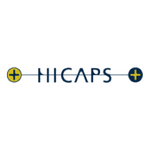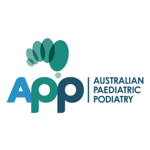
Developmental Positioning & Lower Limb Alignment

Developmental positioning and lower limb alignment in Paediatric Podiatry
Developmental positioning and lower limb alignment anomalies are common presentations within the Paediatric Podiatry setting. Whilst sometimes complicated, more commonly these presentations are relatively simple, and Podiatrists serve to assess and rationalise normative findings. LBF Podiatrists use evidence-based knowledge to classify findings and compare results to end stage markers to determine what is age-for-stage excusable and what is not.
It is not uncommon for parents or carers to present with a child, having concerns over their knee position or foot position. The inward positioning of knees (genu valgum), and outward positioning (genu varum), is relatively common and excusable (within normative parameters) in certain age groups and developmental stages.
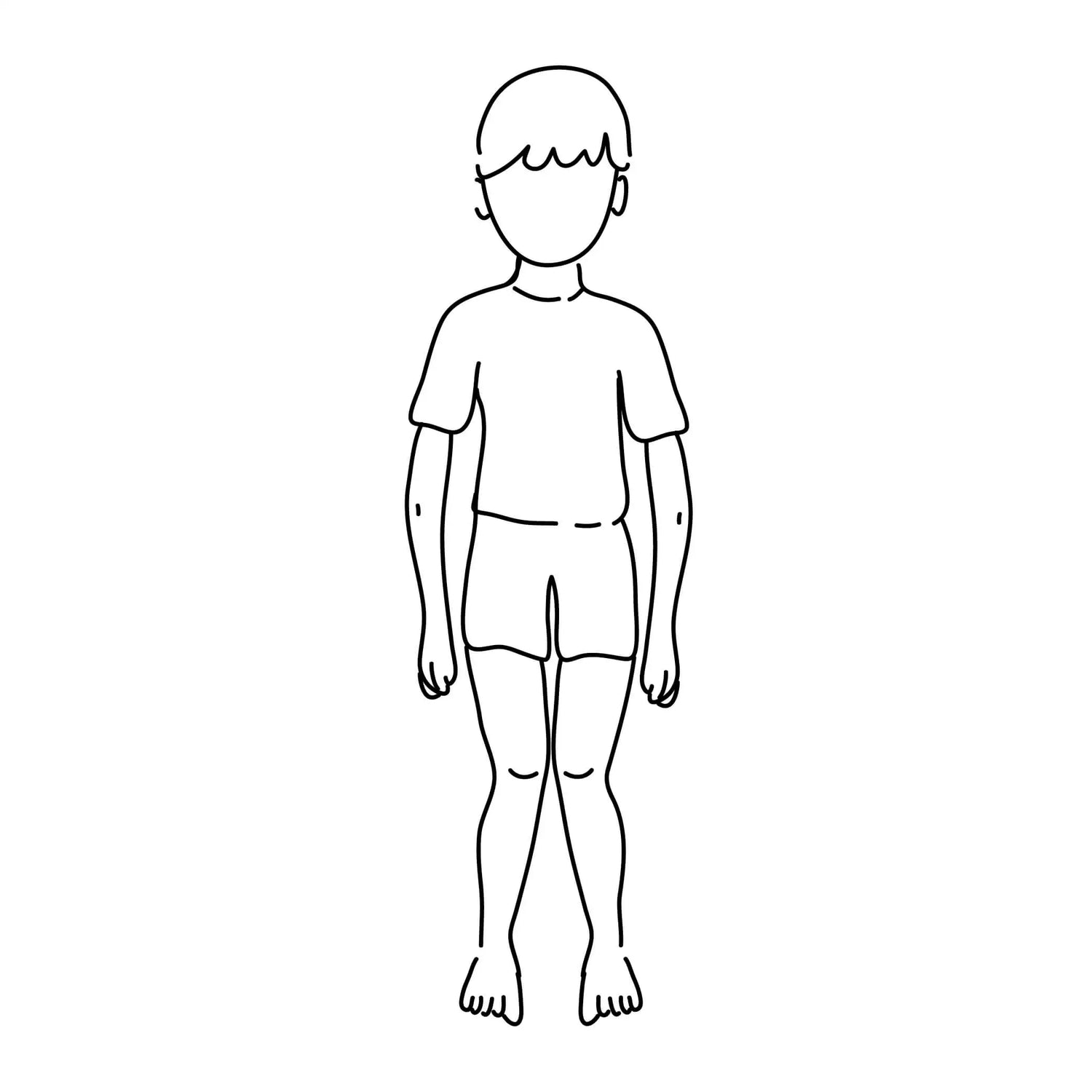
Similarly, in-toeing is another common presentation at LBF Podiatry and typically arises from one of three underlying conditions: metatarsus adductus, internal tibial torsion or femoral anteversion. Whilst these processes may at times be considered normal, it is the complication or resulting presentation that may require treatment. Intoeing commonly results in tripping, falling and instability. Paediatric Podiatrists can aid in the control of functional movement through positional management.
Whilst bracing systems such as Turtle Braces & Wheaton Braces may be used to manage some alignment presentations, it is most common for children who are walking independently to only require short-term conservative intervention (in shoe modifications or orthotic therapy) to manage the presentation throughout growth phases or when they are symptomatic.
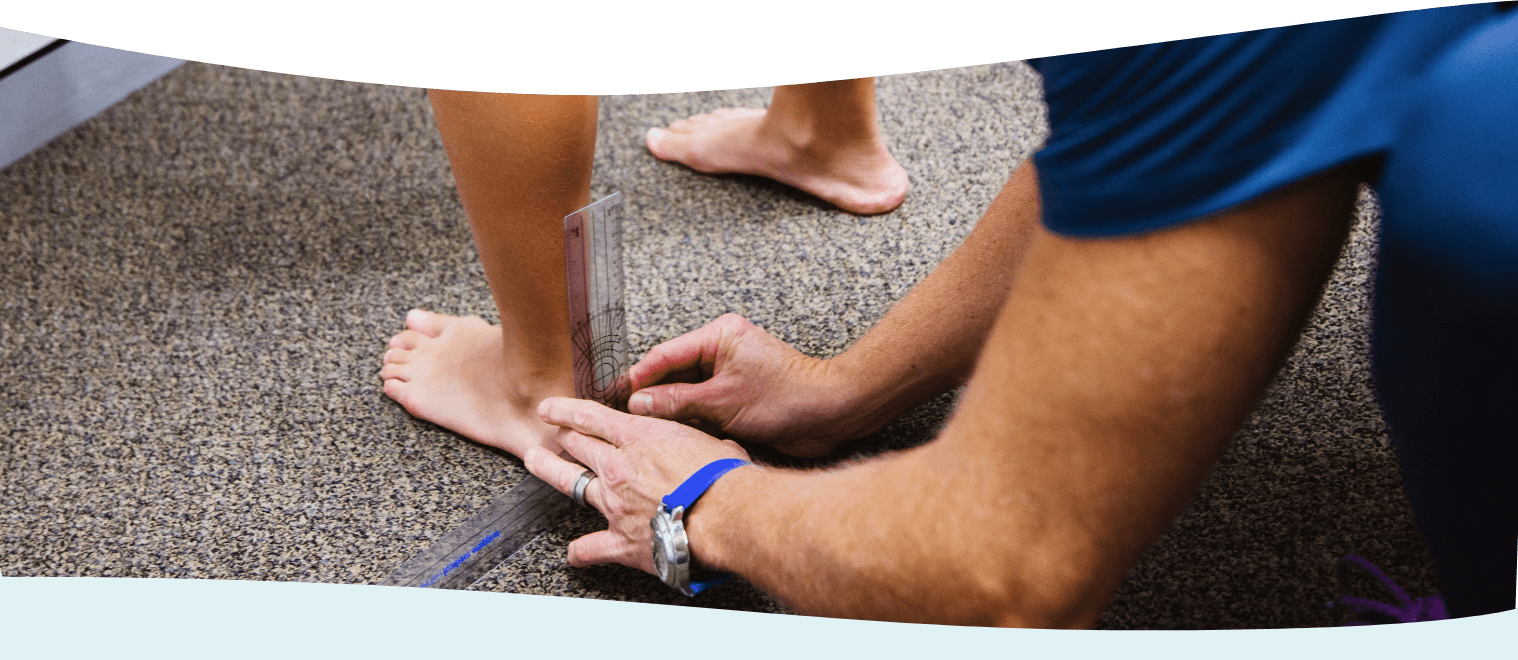
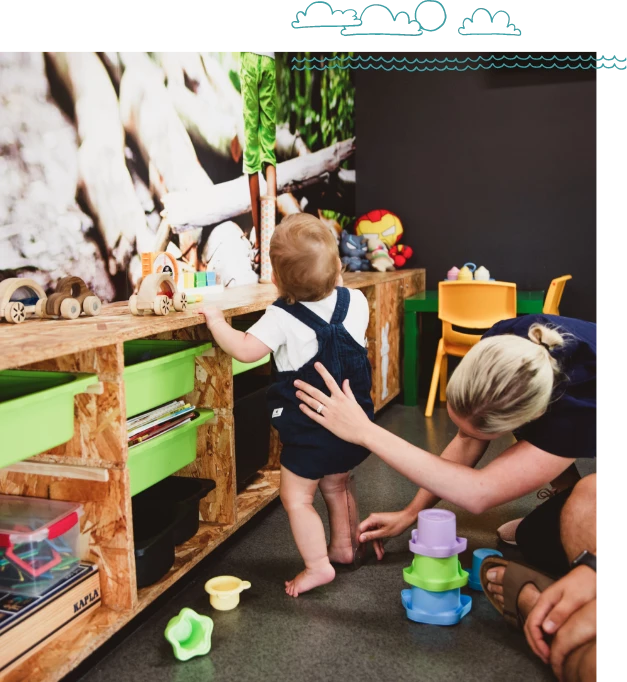
Disorders commonly associated with developmental positioning
- Genu Varum
- Genu Valgum
- Intoeing
- Out-toeing
- Limb Length Discrepancy



